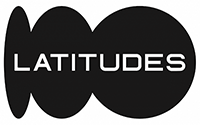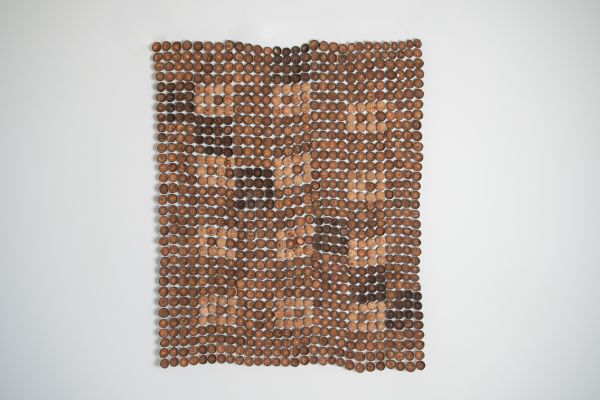Rural Transformation
Store Review (0)PRESENTED BY : StArt Art Gallery
| Frame | None |
|---|---|
| Medium | Makalani nut piths and wire |
| Height | 147.50 cm |
| Width | 120.00 cm |
| Artist | Fillipus Sheehama |
| Year | 2021 |
“I focus on found objects because these objects carry the true memories of the people who used them and are forever connected to those people. Through these objects we can experience and feel their context with all our senses (touch, smell, taste, sight).” Fillipus Sheehama, 2021
This artwork formed part of the solo exhibition ‘Recalling Makalani: material explorations’, by Fillipus Sheehama. This solo marked the 6th in the artist’s career, and showcases his latest body of work which explores makalani nuts, animal bones (goat and cow) and horn (deer, buffalo, cattle), reclaimed metal, calabashes and plastic.
Sheehama’s artistic practice has, in recent years, focused on recycling previously discarded materials. In this exhibition, his work has expanded to include organic discarded materials as well as man-made metal and plastic. Much of Sheehama’s work presents itself as large textiles constructed from unlikely materials. These flexible structures are held together with wire and rope, creating tension and harmony between the disparate elements.
Drawing from the materiality of found objects, the artist ruminates on the communities and societies they come from. Sheehama travels often to his family home in the northern part of Namibia and collects the discarded shells of Makalani nuts as well as old calabashes and animal bones. He also collects buckets of bottle caps thrown away at the local shebeens (bars) in Katutura where he lives. While these objects are associated with waste they are also tied up in the formal and informal economies. Makalani nuts for example are used to brew traditional beer which in turn supports the livelihoods of many women in rural Namibia. These organic piths in combination with discarded bottle caps, draw attention to both the sheer amount of consumption, the abuse of alcohol, and juxtaposes this with the opportunities for income generation that keep many people financially afloat.
Juxtaposition is central to the themes of Sheehama’s work. He has a strong affinity with, and references, ideas around deconstruction in art. This idea was highlighted by French philosopher Jacques Derrida in the 1970s and asserts that there is no singular intrinsic meaning in any one artwork, word or idea. In this way an artwork can offer various ideas up to the viewer, and these can often be conflicting and contradictory. By working consciously with his materials in this way, the artist is able to manipulate and dislocate structures and surfaces. In doing so, his work is able to create new ways of looking at quotidian materials. Through his work he poses questions to himself and the viewer: Where is culture in this? Where is the economy in this? Where is inequality in this?
Sheehama graduated from the University of Namibia with a Bachelor of Art (Fine Art) Honours degree in 2010, has taught Visual Arts at the John Muafangejo Arts Centre and currently lectures at the College of the Arts. His work can be found in collections of the National Art Gallery of Namibia, Museum Würth (Germany), University of Namibia Collection, Development Bank of Namibia, Collection of the government of the Republic of Namibia and various private collections around the world.













